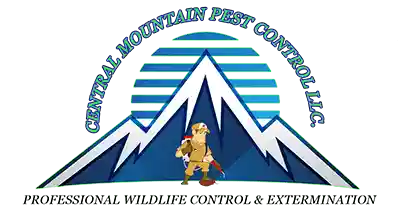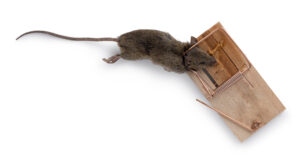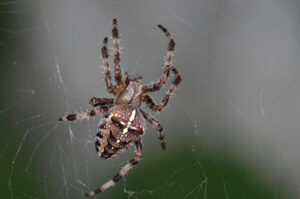Roaches, especially the German and American species, are among the most troublesome pests that invade most American homes.
When this happens, people often seek amateur solutions to the roach infestation. However, these techniques do not seem to bear effective and sustainable results.
A professional pest control approach comes in handy in situations where the infestation is huge and an effective and sustainable solution is desperately needed.
Unfortunately, many homeowners do not understand the entire control process. Being aware of how the process works is crucial to the success of the crisis approach.
In line with this understanding, this article aims to enlighten you on how the roach control approach works.
Inspection

Cockroaches are running your house; let us evict them
This is the most essential part of the extermination process since it forms the basis of the rest of the approach. Inspection is the assessment of the infestation, including the colony’s size, areas of infestation, visible behavior, and entry and exit routes of the roaches. It is from this information that the professionals determine what treatment and prevention techniques will be used in the approach. To achieve this, they will check under the sink, in the cracks, in dark spaces in the cabinets, and around the vents, among other areas. Roach droppings and staining on the surfaces are significant indicators of roach presence.
Treatment
This process phase involves the professional determining the species of roaches prevalent in the property. Species identification is critical to determining the treatment plan to address the problem. The German roach is most pervasive in food storage areas so that chemical treatment may be ineffective due to contamination. The American roach mainly inhabits sewer and basement areas, where chemical treatment may benefit. The choice of a treatment plan will also be made considering the environment and occupants’ health and safety.
Chemical Treatments
This entails using various chemicals to exterminate the roach colony from the property. It involves applying chemicals, spraying, and pouring dust in areas of infestation. Upon ingesting these chemicals, the roaches will either die or infect the remaining members of the colony. Other chemicals, such as IGRs, prevent young roaches and eggs from reaching the maturity stage, hence killing the colony. Even though this approach is lethal, the professionals are trained and experienced. They, therefore, apply the chemicals in a way that limits human and pet exposure.
Non-Chemical Treatments
In areas where homeowners are clear on the use of chemicals or where there are highly sensitive or allergic occupants, non-chemical plans are available for their consideration. These techniques include laying baits that trap the roaches, reducing their numbers significantly. The treatment type may also include physical exclusion, which involves laying control plans restricting the roaches from human spaces. This may mean installing mesh around the vents and door sweeps and sealing gaps where the roaches pass using caulk and insulation foam. The plan will also entail discouraging roach inhabitation through environmental modification that includes fixing leaking pipes, reducing clutter, and improving ventilation.
Follow-Up
For a treatment plan to be effective in the complete extermination of roaches, the necessary follow-up must be accorded. By this, we mean refilling and reapplication of treatment chemicals after the roaches have depleted the current one. Follow-up may also mean reassessing the infestation to gauge the effectiveness of the treatment and see whether there are new or recurrent infestations. For more extensive colonies that require a long-lasting treatment plan, maintenance of the ongoing control approach may be necessary, which includes periodic inspections and treatments.
Education and Prevention
Another aspect of roach extermination that is often overlooked is the role played by education in preventing the recurrence of the menace. A great professional should provide their customers with information about the species they are dealing with, its behavior, how to reduce its population size and the best method to prevent the recurrence of the infestation. One area that professionals stress is maintaining the highest sanitation standards, which include garbage management, proper food storage, and moisture control.
Some advanced approaches will even entail using technological techniques that include electronic monitoring and heat treatments. Heat treatments mean raising temperatures in infestation areas, which is lethal to roaches and their eggs. Electronic monitoring implies the use of electronic systems to track roach activity, which, over time, provides data-driven insights for more effective control. By applying these techniques in the professional extermination approach, the population is significantly reduced, and their recurrence is prevented.




